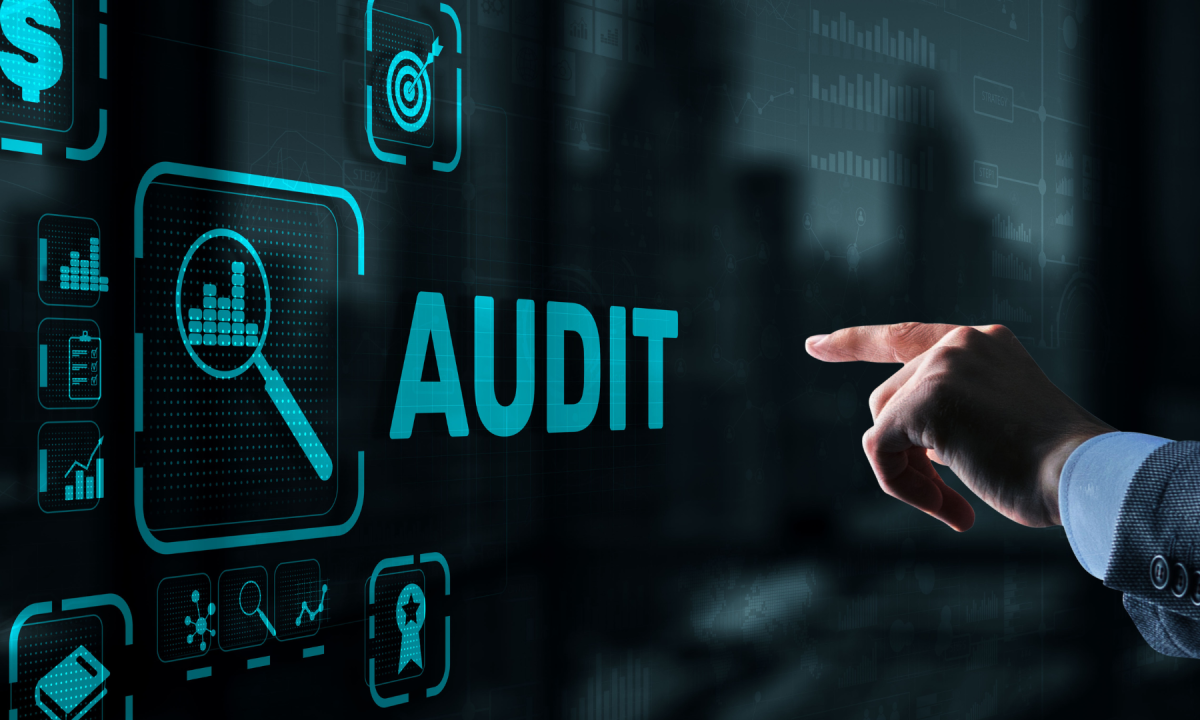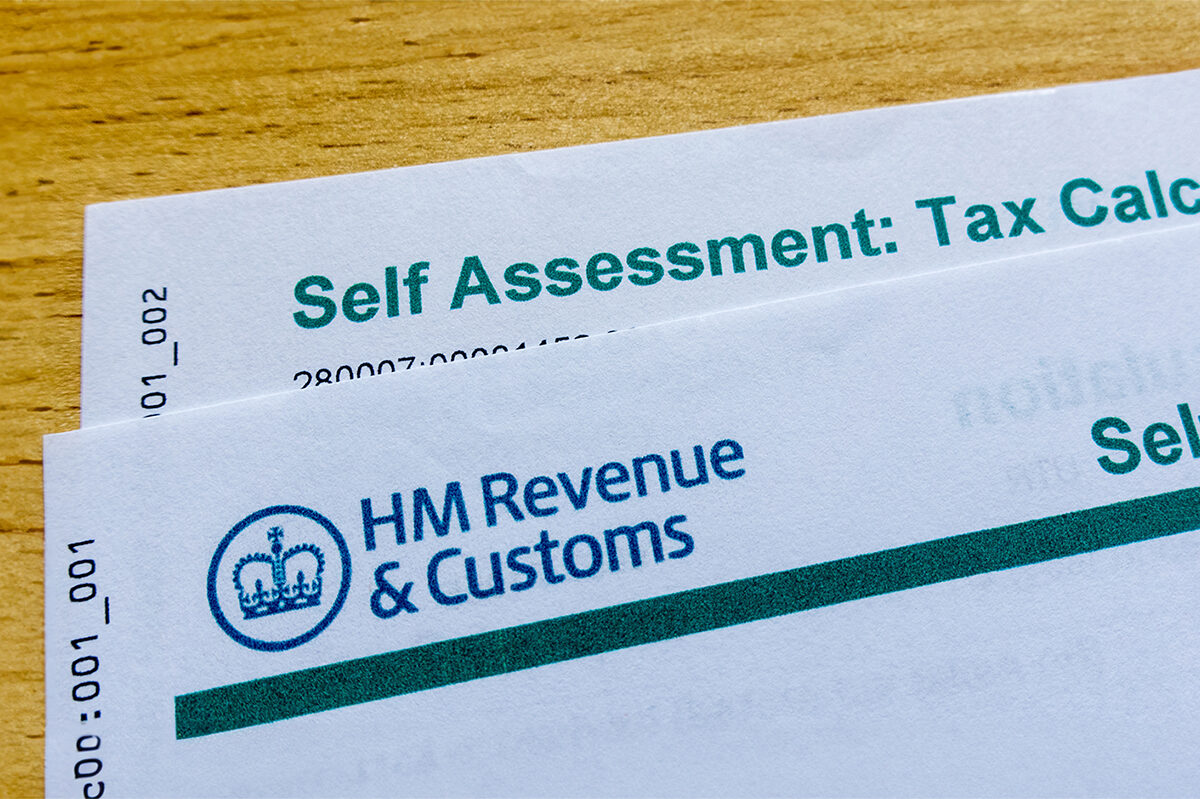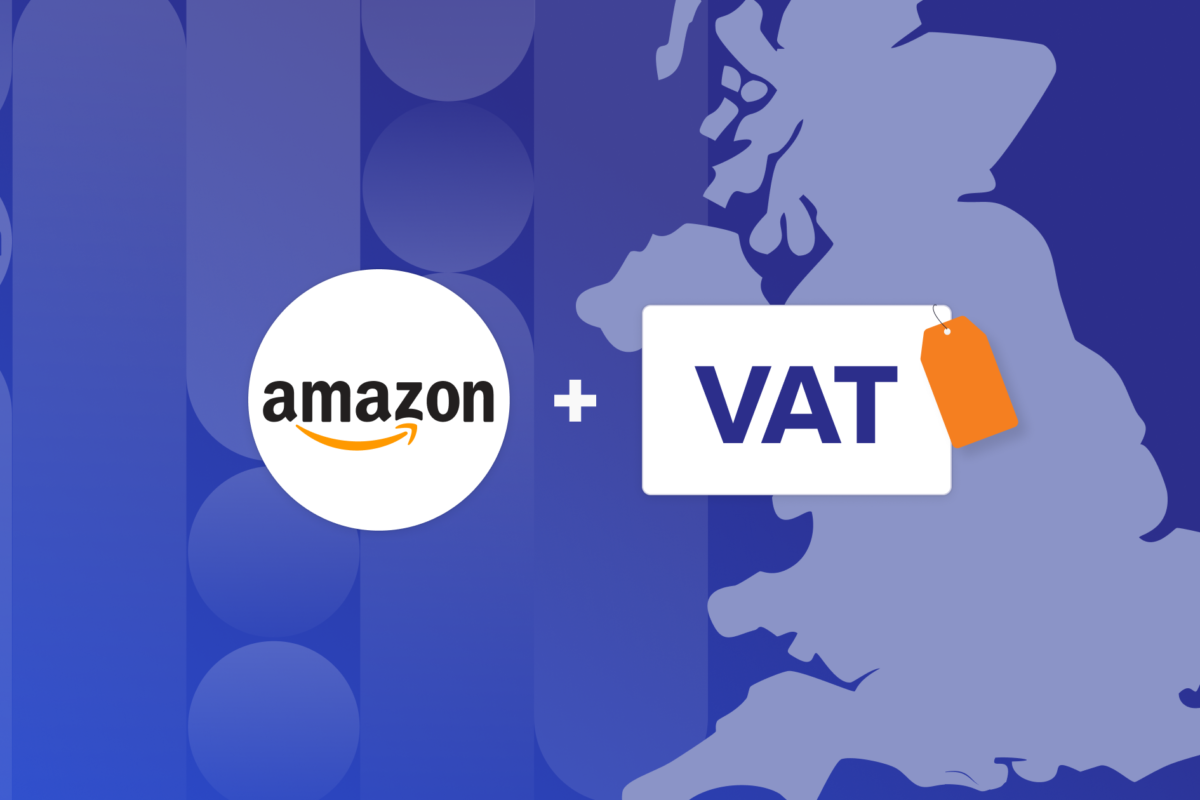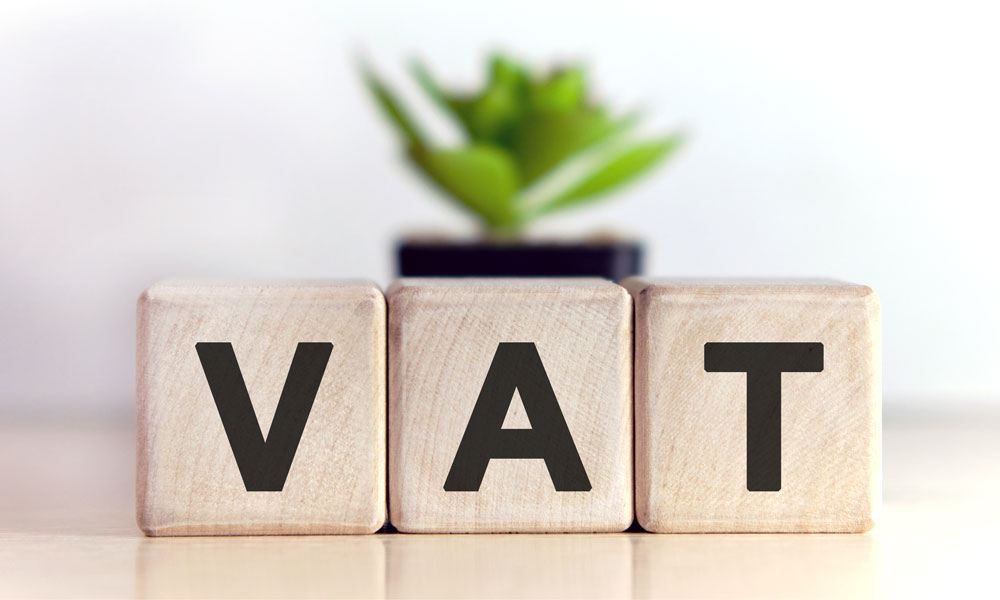Introduction
Conducting a system audit is a crucial task for ensuring the security, efficiency, and compliance of any organization’s systems. Whether you’re a small business or a large corporation, system audits help identify vulnerabilities, ensure compliance with regulations, and enhance overall performance. This guide will walk you through a detailed, step-by-step procedure for conducting a system audit, using simple language and real-life examples to make the process easy to understand.
Planning and Preparation
Define Scope and Objectives
Before diving into the audit, it’s essential to define what you want to achieve. Are you looking to assess compliance with industry regulations, identify security gaps, or ensure that internal processes are running smoothly? For instance, if your goal is to evaluate data security, your audit scope might focus on user access controls and data encryption methods.
Example
Imagine you’re running an online retail store. Your objective might be to ensure that customer data is secure and that your system complies with GDPR regulations. Your scope could include reviewing how customer data is stored, processed, and accessed.
Establish Audit Criteria
Next, set benchmarks or standards that your system will be evaluated against. These could be industry standards like ISO 27001, internal policies, or regulatory requirements.
Example
If your company follows ISO 27001 standards, these will form the criteria against which you evaluate your system’s data security measures.
Assemble the Audit Team
Gather a team of professionals with expertise in the areas you’re auditing. Make sure you have the right tools and allocate enough time for a thorough audit.
Example
For the online retail store, your audit team might include an IT security expert, a compliance officer, and a data analyst, each bringing their specialized knowledge to the table.
Data Collection
Gather Relevant Information
Start by collecting all necessary documents, such as system policies, procedures, and previous audit reports. This helps you understand the system’s current state and provides a baseline for your audit.
Example
For our retail store, you might collect the company’s data protection policy, system architecture diagrams, and any previous security assessments.
Conduct Interviews
Interview key personnel to gain insights into how the system operates and where potential risks might lie. This is your chance to understand the practical aspects of the system.
Example
You might interview the IT manager to learn about the current security protocols or speak with customer service representatives to understand how they access customer data.
Process Understanding
Analyze Organizational Processes
Develop a clear understanding of how the system supports the organization’s workflows. Observe how the system is used day-to-day, and note any dependencies or critical points.
Example
In the retail store, you could observe how customer orders are processed from the time they’re placed online until they’re fulfilled, noting where sensitive data like payment information is handled.
Identify Associated Risks
As you understand the processes, identify any risks associated with them. These risks will guide the focus of your audit.
Example
You might discover that the store’s payment system isn’t fully encrypted, posing a risk of customer data theft.
Evaluation and Testing
Assess System Design and Implementation
Now, evaluate how well the system is designed and whether it’s implemented effectively. This includes reviewing security protocols, data management practices, and internal controls.
Example
You could test the retail store’s data encryption to see if it’s effectively protecting customer information. You might also review how user access is controlled.
Identify Vulnerabilities
Look for weaknesses that could be exploited. This might involve testing software configurations, reviewing hardware setups, or assessing how users interact with the system.
Example
If the store is using outdated software, this could be a significant vulnerability, as it may not receive the latest security updates.
Internal Controls Analysis
Review Internal Controls
Internal controls are the procedures and policies that ensure the system operates correctly. Review these controls to determine if they’re working as intended.
Example
Check if the retail store has proper access controls in place, ensuring that only authorized employees can access sensitive customer data.
Test Controls
Conduct tests to see how effective these controls are. This might involve trying to access data without proper permissions or running simulations to see how the system handles errors.
Example
You could try logging in as a regular user to see if you can access admin-level data, which would indicate a failure in access controls.
Final Evaluation and Reporting
Compile Findings
Summarize your audit findings, highlighting areas of concern and recommending improvements. Your findings should be clear and actionable.
Example
You might find that the retail store’s data encryption is outdated and recommend upgrading to a more secure encryption method.
Prepare Audit Report
Create a detailed report that outlines the audit process, key findings, and suggestions for improvement. Make sure the report is easy to understand and provides a clear roadmap for addressing issues.
Example
Your report could include sections on data encryption, access controls, and compliance with GDPR, along with specific steps the store can take to improve.
Key Points for Auditors to Keep in Mind
Confidentiality and Integrity
Always protect sensitive information and ensure data integrity throughout the audit process.
Compliance with Standards
Make sure your audit follows relevant regulations, like GDPR or HIPAA, depending on your industry.
Continuous Improvement
Focus on finding ways to improve, not just on compliance. Offer practical recommendations to enhance system performance and security.
Stakeholder Engagement
Keep stakeholders involved throughout the audit to ensure transparency and address their concerns.
Documentation
Keep thorough records of everything you find during the audit. This documentation is essential for accountability and future audits.
Conclusion
Conducting a system audit may seem complex, but by following this structured approach, you can ensure that your systems are secure, compliant, and efficient. Whether you’re a small business or a large organization, regular audits are key to maintaining the health of your systems. Remember, the goal isn’t just to identify problems but to find opportunities for improvement that will help your organization thrive.





